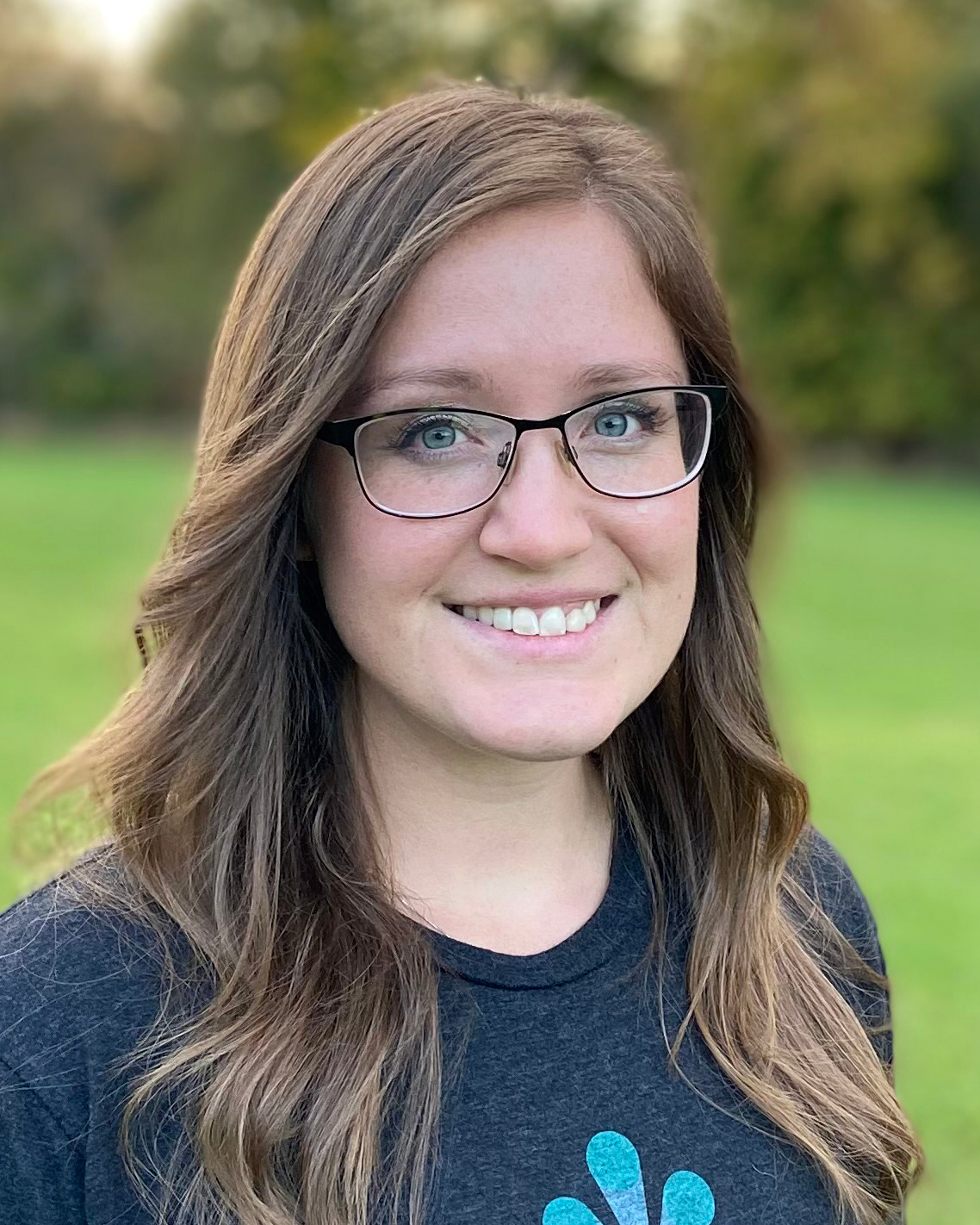
The AARC has been working hard over the past decade to promote the use of respiratory therapists in the telehealth setting. The idea was slow to take off, but the pandemic that hit last year changed everything, drawing more and more RTs into this new care delivery model.
 Ashley Tabbert is working on the cutting edge of telehealth at Beam Healthcare.
Ashley Tabbert is working on the cutting edge of telehealth at Beam Healthcare.As vice president of growth and director of tele-pulmonary/tele-respiratory therapy at Beam Healthcare, Ashley Tabbert, RRT, is one of many helping to lead the way. How did this therapist go from traditional RT to her new role in a company that provides telehealth services from clinicians from across the country to small hospitals and medical centers? For her, the leap into telehealth was motivated by a combination of professional and personal goals.
No stranger to hard work
“I grew up on a dairy farm in a small rural town,” Tabbert said. “Hard work and helping others was ingrained in my childhood and upbringing.” She initially wanted to become an entrepreneur and was planning to attend business school after high school graduation, but an asthma exacerbation that put her in the hospital changed her mind.
“I learned about respiratory therapy from a family friend who was a local respiratory therapist,” she said. “She had cared for me when I was brought in by ambulance. So, I spent some time job-shadowing her and concluded that this was an excellent way for me to help others.”
Tabbert graduated from Western Technical College in La Crosse, WI, in 2011 and went to work as a therapist at the famed Mayo Clinic in Rochester, MN. She spent time in the emergency department, medical ICU, thoracic surgical ICU, neuro ICU, and cardiac ICU and eventually became an ECMO specialist. She also participated in adult transports — both ground and air — and was named a lead therapist and received a management internship.
“I will be forever grateful for the experience I received during this opportunity,” she said.
But as the years went by and her young family grew, she and her husband decided to move back to the small town they grew up in to be closer to family. Tabbert left Mayo behind for a job in the small, critical access facility serving her community. It was there that she was introduced to Beam Healthcare since the facility was using the telehealth services it provided to better care for its patients.
“I found their innovative approach to health care and company vision to be an intriguing compliment to my established career,” Tabbert said. “When the opportunity arose to join their team, it was a very natural transition in my career path and overall personal goals.”
For her, the chance to work remotely from home was the perfect way to continue to serve patients in need while also spending more time with her husband and young children.
Multifaceted position
Tabbert says the job requirements were a well-rounded experience in patient care, a respiratory degree — either an associate’s or bachelor’s — and an active RT license. A hard-working, team-based attitude was a must as well.
Her job as vice president of growth and director of tele-pulmonary/tele-respiratory therapy is multifaceted. In addition to delivering patient care via the company’s telehealth platform, she is also responsible for scheduling, creating, and maintaining standard operating procedures, recruitment, personnel management, supporting current partnership success and efficiency, and exploring future partnerships and growth.
One of the key challenges she says the company has faced involves state licensing for RTs. Under the current licensing model, most RTs only hold a license in the state where they reside, so additional licenses must be obtained, or other accommodations must be sought for them to deliver telehealth services to out-of-state facilities.
“As we expand rapidly, this process can be challenging and time-consuming,” she admits.
Another challenge she faced before the pandemic, though — namely, getting providers and hospital leadership to understand how respiratory therapy could have a place in telemedicine — has considerably eased since COVID-19 came on the scene.
“Currently, the challenge is, how can Beam Healthcare be even more creative to continue to solve inefficiencies and bring health care equality to all,” Tabbert said.
The rewards of the work come in learning from the company’s onsite providers and using creativity to solve problems. The gratitude she has received from partners and patients alike keeps her going as well. And the flexibility the job has given her at home is priceless.
Look at the big picture
Ashley Tabbert says working from home sounds like a dream to many people, and for her, it was the right fit for her family at the right time. But she emphasizes no one can acquire a position like this without first having a wealth of experience as an onsite RT.
“These experiences equipped me with extensive and versatile knowledge key to succeeding in my current role,” she said.
She also credits Beam Healthcare with giving her the opportunity as an associate degreed RT.
“Not all companies are like Beam, who was willing to provide mentorship to further develop my management and leadership skills,” she said.
She encourages RTs who might like to take on a role like hers to consider their big picture goals and realize they will be entering a brave new world that will require them to embrace a degree of uncertainty.
“Challenge yourself to grow by jumping into uncomfortable situations,” Tabbert said. “Surround yourself with people who challenge you to be better each day.”
You can keep up with AARC efforts to promote RTs as telehealth providers on the Advocacy area of the AARC website.





